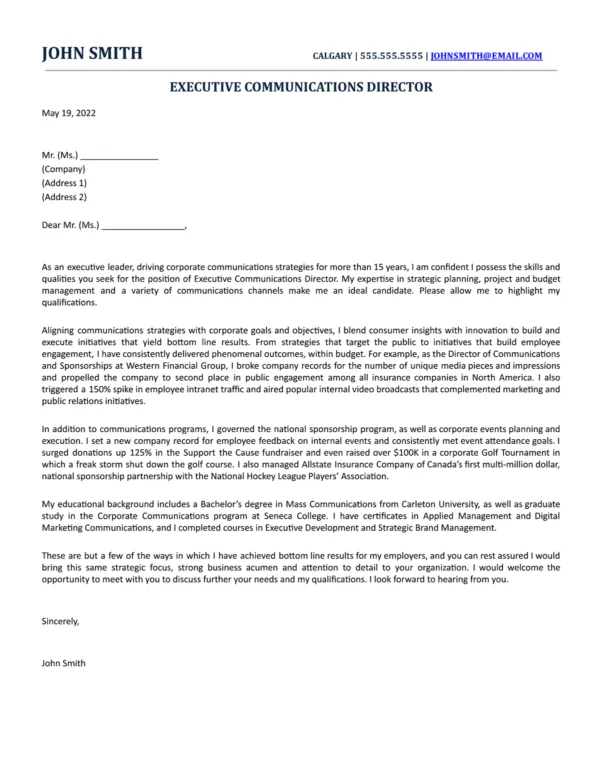Landing your dream role as a nonprofit executive director starts with a compelling cover letter. This document is your first chance to make a lasting impression and showcase why you’re the perfect fit for the organization. A well-crafted cover letter not only highlights your skills and experience but also demonstrates your genuine interest in the mission and your understanding of the organization’s needs. This guide will provide you with actionable tips and strategies to create a standout nonprofit director cover letter that grabs the attention of hiring managers and increases your chances of securing an interview.
Highlighting Your Skills and Experience
Your cover letter should serve as a concise summary of your most relevant qualifications. It’s not just a rehash of your resume; it’s a chance to elaborate on specific achievements and demonstrate how your skills align with the job requirements. Focus on the experiences and skills that are most pertinent to the role of an executive director, such as strategic planning, fundraising, program development, and financial management. The goal is to quickly convince the hiring committee that you possess the core competencies they seek in a leader.
Quantifying Achievements
Instead of simply listing your responsibilities, quantify your accomplishments whenever possible. Use numbers and data to showcase the impact you’ve made in previous roles. For instance, instead of saying you ‘increased fundraising efforts,’ state that you ‘increased fundraising revenue by 25% in two years through the implementation of a new donor engagement strategy.’ Quantifiable results are more persuasive and provide concrete evidence of your abilities. This demonstrates your ability to deliver results and adds credibility to your claims.
Using Action Verbs
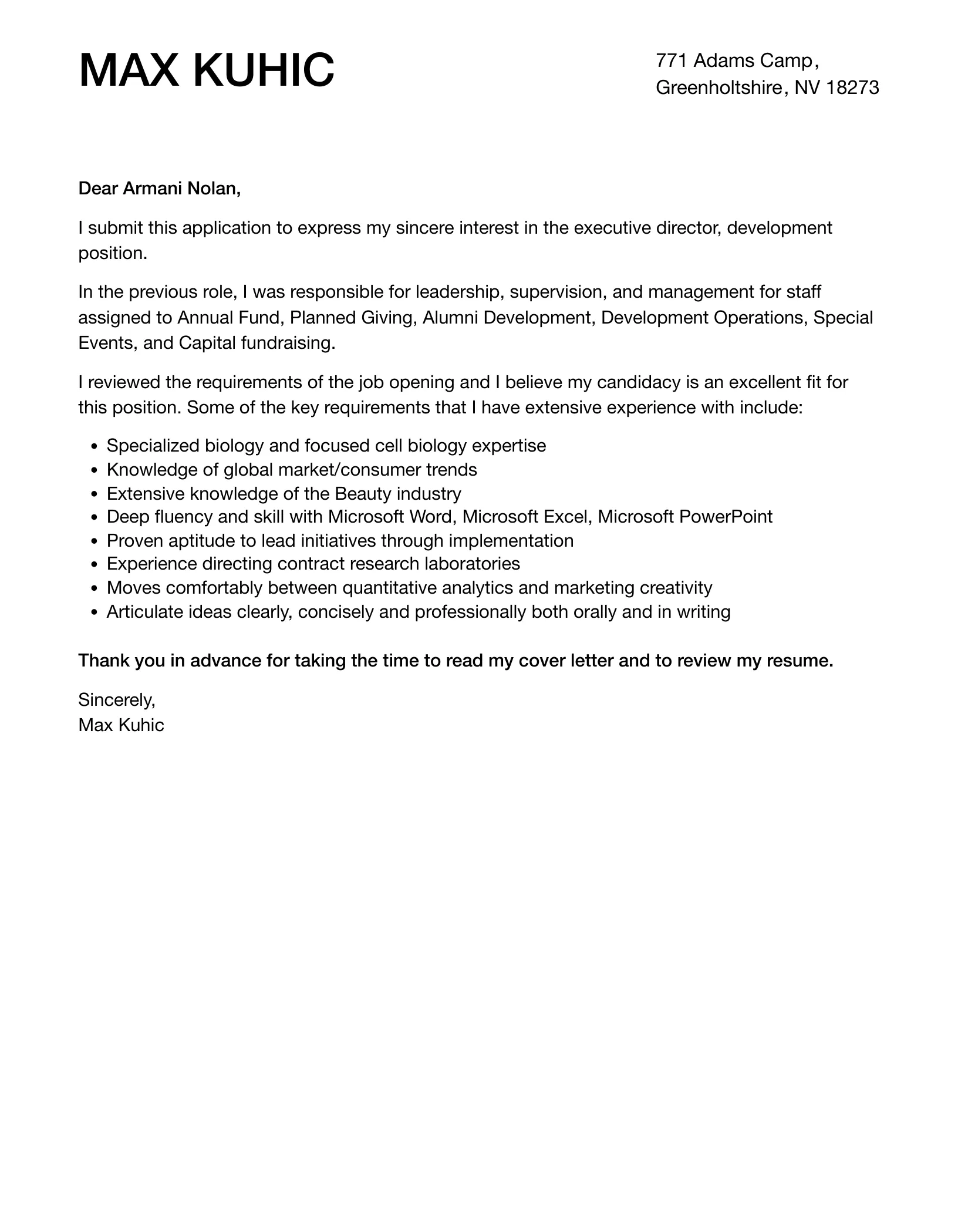
Employ strong action verbs to describe your past accomplishments and responsibilities. This approach makes your letter more dynamic and engaging. Start sentences with verbs that convey initiative and impact. Examples include ‘Spearheaded,’ ‘Managed,’ ‘Developed,’ ‘Implemented,’ ‘Increased,’ ‘Led,’ ‘Oversaw,’ and ‘Achieved.’ These verbs paint a vivid picture of your contributions and highlight your proactive approach to problem-solving and leadership. This also helps recruiters quickly grasp your key strengths and accomplishments.
Tailoring the Letter to the Organization
A generic cover letter is unlikely to make a strong impression. The most effective cover letters are tailored to the specific organization and the specific role. This requires research and a clear understanding of the nonprofit’s mission, values, and current challenges. Demonstrating your knowledge of the organization shows that you have taken the time to learn about them and are genuinely interested in their work. This personalization sets you apart from other applicants.
Researching the Organization
Before you start writing, thoroughly research the nonprofit. Visit their website, read their annual reports, and explore their social media presence. Understand their programs, target audience, and the impact they’re making in the community. Look for any recent news or initiatives that you can mention in your letter. Demonstrating that you understand the organization’s current projects and challenges is an excellent way to show your genuine interest.
Demonstrating Alignment with Mission
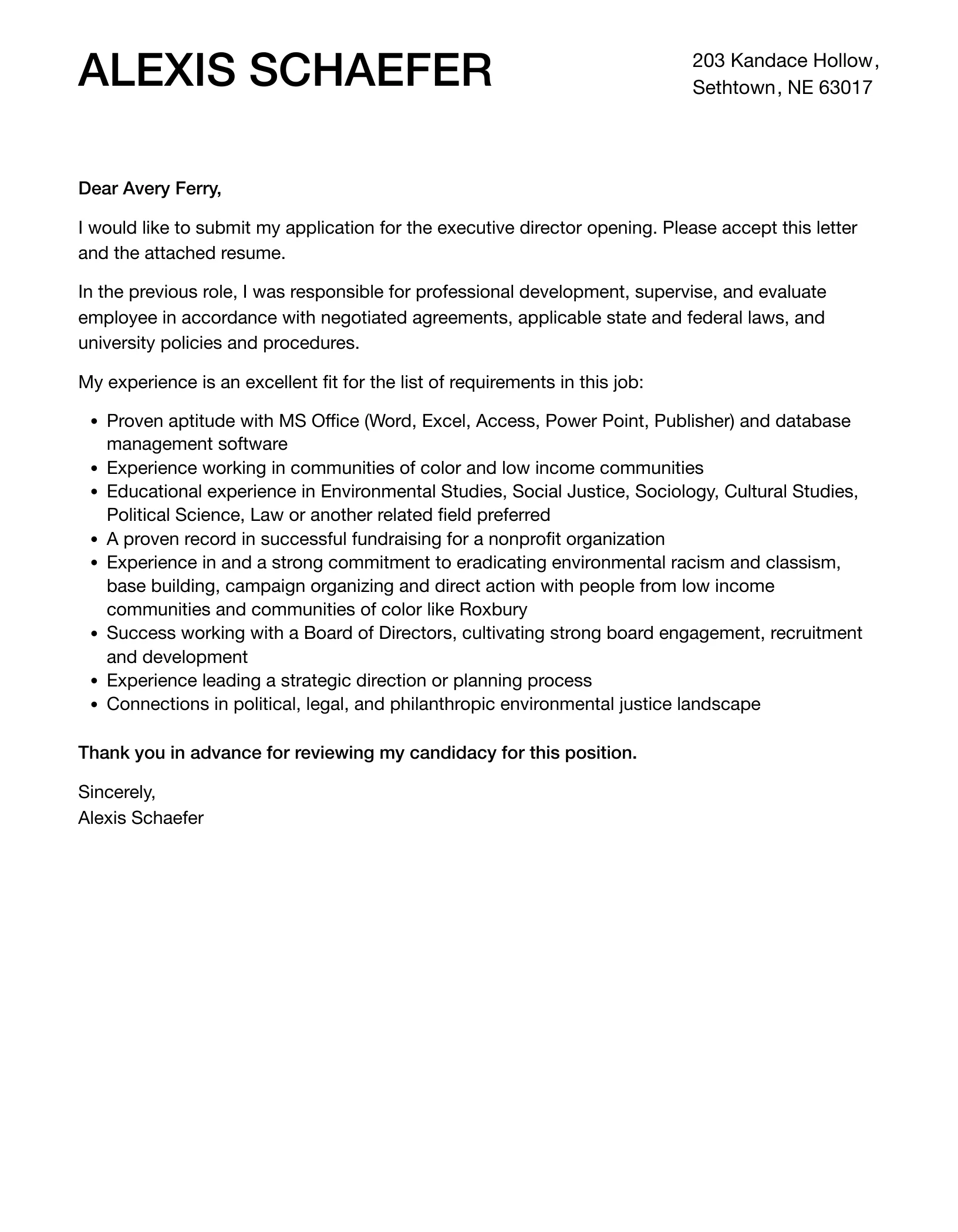
Clearly articulate how your values align with the organization’s mission. Explain why you are passionate about their cause and how your skills and experience can contribute to their goals. Highlight any personal connections you have to the mission. If you’ve volunteered for similar causes, mention it. Demonstrating a deep understanding of and alignment with their mission makes you a more compelling candidate and shows that you are likely to be a good fit for the organizational culture.
Showcasing Leadership and Management
As an executive director, you will be responsible for leading and managing the organization. Therefore, your cover letter should showcase your leadership and management skills. Highlight your ability to inspire, motivate, and guide a team toward achieving strategic goals. Provide examples of how you have successfully led teams, managed budgets, and navigated challenges in previous roles. The aim is to convince the hiring committee that you have the necessary skills to be an effective leader.
Providing Examples of Leadership
Provide specific examples of your leadership abilities. Describe situations where you have motivated a team, resolved conflicts, or implemented successful strategies. Use the STAR method (Situation, Task, Action, Result) to structure your examples and provide context. For instance, you could describe a situation where you led a fundraising campaign, the task was to raise a specific amount, the action you took to achieve that goal, and the results of your efforts.
Mentioning Team Management Experience
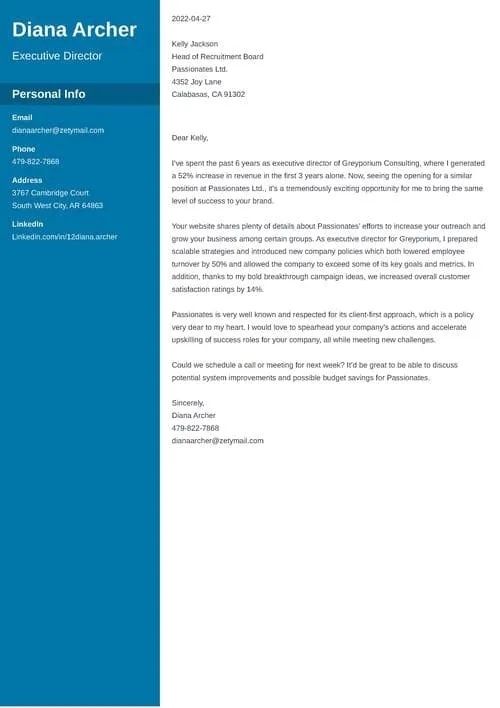
Nonprofit executive directors often oversee staff members. Include your team management experience. Highlight how you have built high-performing teams, mentored employees, and fostered a positive work environment. Discuss any experience you have with performance evaluations, training, or conflict resolution. Demonstrate your ability to create a collaborative environment where team members can thrive and contribute to the organization’s success.
Expressing Enthusiasm and Interest
Your cover letter should convey your genuine enthusiasm for the opportunity and your interest in the organization. Avoid generic phrases and instead express your specific reasons for wanting to work with this particular nonprofit. Show that you understand their mission and that you are excited about the prospect of contributing to their work. A genuine expression of enthusiasm can make a significant difference in the impression you make on the hiring committee.
Including a Strong Call to Action
Conclude your cover letter with a strong call to action. This is your opportunity to explicitly express your interest in the position and request an interview. Make it easy for the hiring manager to move forward by stating your availability for a phone call or in-person meeting. Thank them for their time and consideration, and reiterate your enthusiasm for the opportunity. This leaves the reader with a clear understanding of your interest and what you hope to achieve.
Proofreading and Formatting
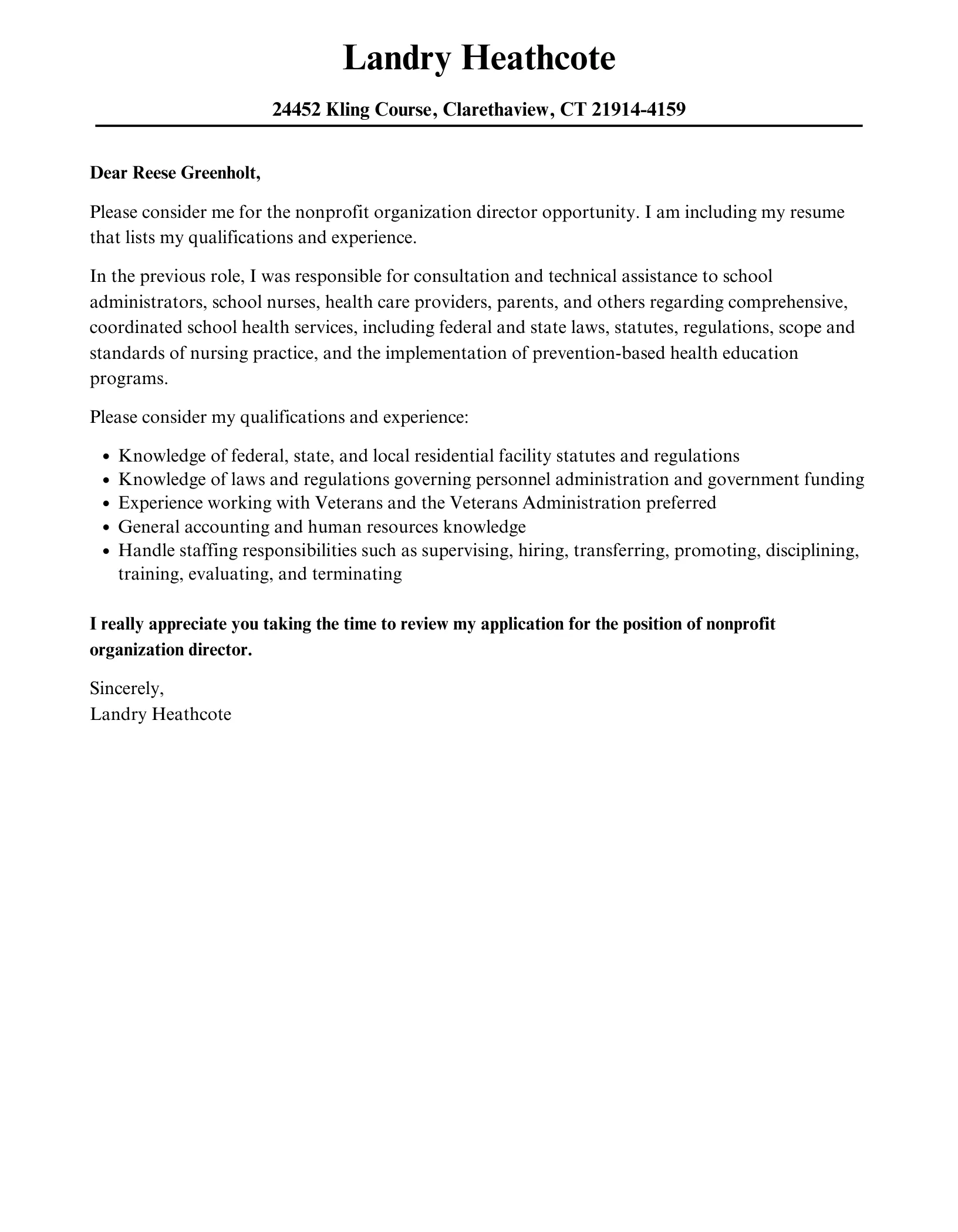
Before you submit your cover letter, carefully proofread it for any errors in grammar, spelling, and punctuation. Typos and grammatical mistakes can undermine your credibility and make a negative impression. Ensure that your cover letter is well-formatted, easy to read, and visually appealing. Use a professional font, maintain consistent margins, and break up large blocks of text with paragraphs. The layout of your cover letter should be clean and professional, reflecting your attention to detail and your respect for the hiring manager’s time.
Writing a compelling nonprofit executive director cover letter is a crucial step in your job search. By highlighting your skills and experience, tailoring your letter to the organization, showcasing your leadership abilities, and expressing genuine enthusiasm, you can create a document that makes a lasting impression. Following the tips provided here will greatly increase your chances of securing an interview and landing your dream job. Good luck with your job search!
